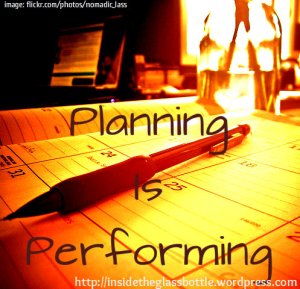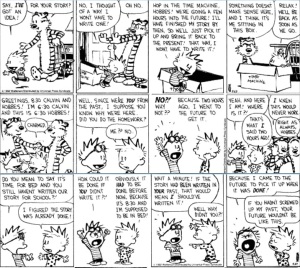Okay — the situation is, I have LESS THAN 2 hours to do . . . a trajillion things.
(Why am I bothering with this blog post that probably nobody will read? Because I would be writing this note to myself regardless; I might as well put it here in case anyone else ever finds herself in this same situation and needs to know she’s not alone. OR in case anyone else wants to feel reallllyyy good about themselves in comparison to me).
“I could so easily freak out right now.” – Rachel Green, FRIENDS. Also, me, now.
So how the f*** did I get myself into this place? That’s a BIG question for another day. For right now, the issue is this:
A.N.X.I.E.T.Y.
That’s not an acronym or initialism for anything, it’s just a written way of expressing how terrifying it is, how big, it is, and how impossible it seems sometimes. It gets in the way of me being honest and authentic with people, it gets in the way of me getting stuff done when I’m supposed to, and it really gets in the way when I’ve been procrastinating.
So I freak out. But not outwardly — outwardly I’m so cool, calm, collected. I am neutral, I am Switzerland. I’ve got this.
And inwardly, I’m pretty damn cool, calm and collected — or so I think. But really I’m numbing the panic and whatever else is behind this nonsense with unnecessary tasks, important-but-not-urgent tasks, Netflix, and food.
There it is, laid out plain and simple. The truth I don’t want to admit to myself, and definitely don’t want to admit to anyone else.
So, I can sit back and take a good look at that sentence — and then grab a handful of popcorn and the next episode of Gossip Girl. And deal with it Later.
Or.
I can set aside some time to figure out why this is happening and how to fix it, and right now, in my less than less than two hours, I can get something done.
So here goes — setting a timer for 20 minutes, in which time I will have made progress on one of the tasks I have been behind on.
Because I think, “at the end of the day,” to use that tired and irritating cliche, it’s just about putting one foot in front of the other. Doing one thing that wouldn’t have been done if I sat and numbed out.
So here goes.
Thanks for listening. If this is you, I encourage you to pick up one foot and set it down in the general direction of where you need to be. And then do the same thing with the other one. And after you’ve done something you need to do, give yourself a big hug. Sometimes this shit is hard, y’all.
UPDATE: 20 minutes later
Dude. I am doing the hardest task that was on my list. And I am getting through it. BAM.











